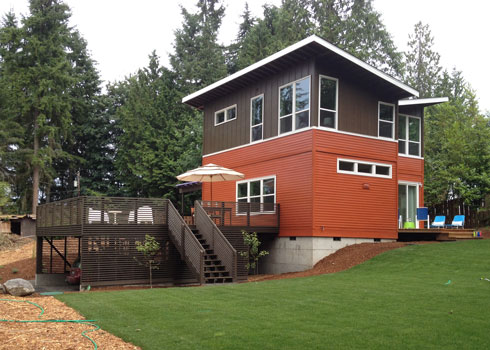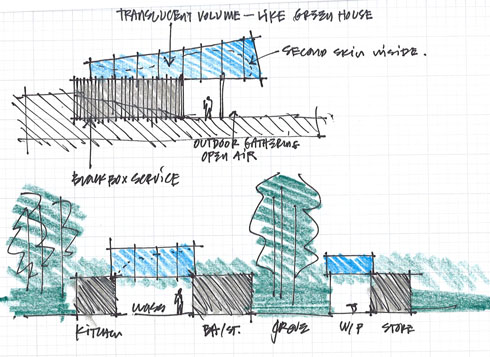We recently had a client deliberating what to choose for their electrical switch and outlet trim. They had an aversion to contemporary paddle style light switches feeling that the look was stuck in the '80s. We put together these thoughts and sketches to help them understand the choices available and some of the logic behind layout choices when multiple switches pile up in one location.
Which Style?
When considering switch styles (contemporary -vs- classic) it is helpful to think of the choice as less of a style and appearance selection and more of a functional choice.
Contemporary -
Architects and designers like contemporary style switch plates (Decora and similar) not because we love the look, but because they allow the highest level of design flexibility and the largest selection for trim styles and functions - there are literally thousands of switch, trim, function and layout options available.
Classic -
Classic style switches and outlets require use-specific switch plate covers and are more limiting when it comes to switch, trim, function and layout options. As a consequence they are less common in new construction. We typically only use classic style switches and outlets in remodels and renovations when we want to blend in with existing conditions.





































